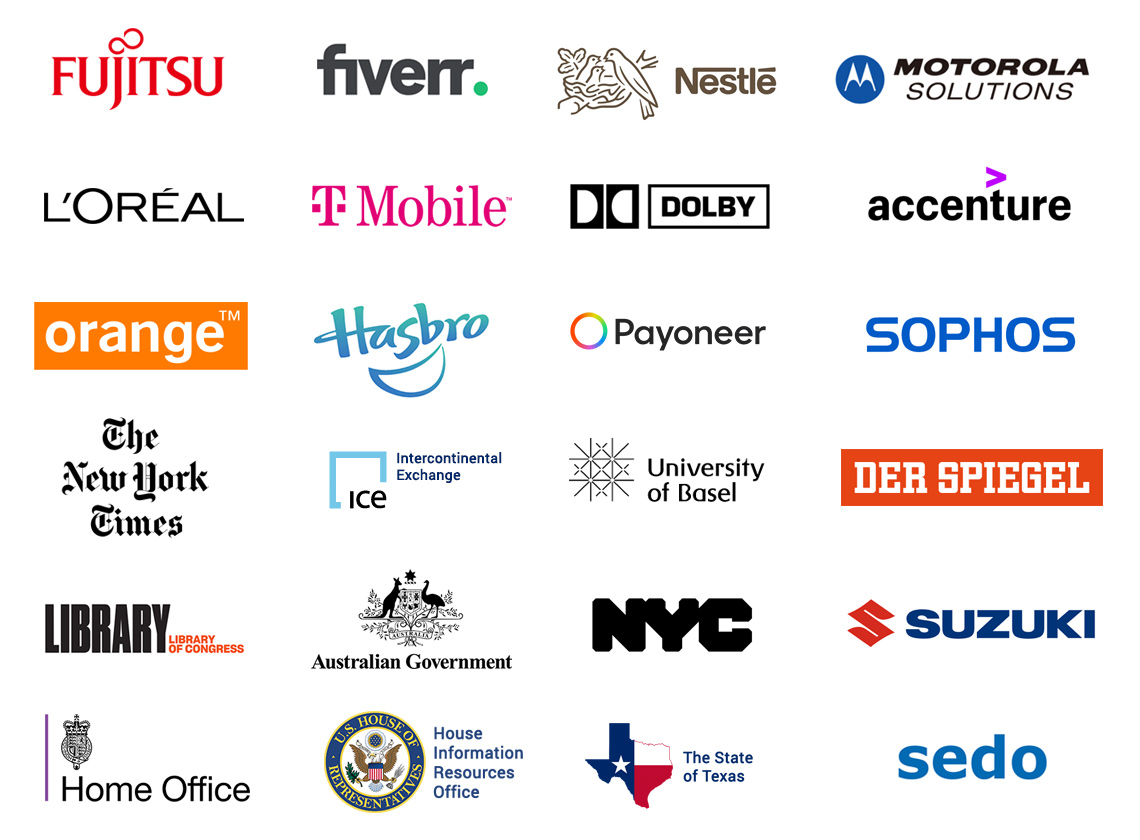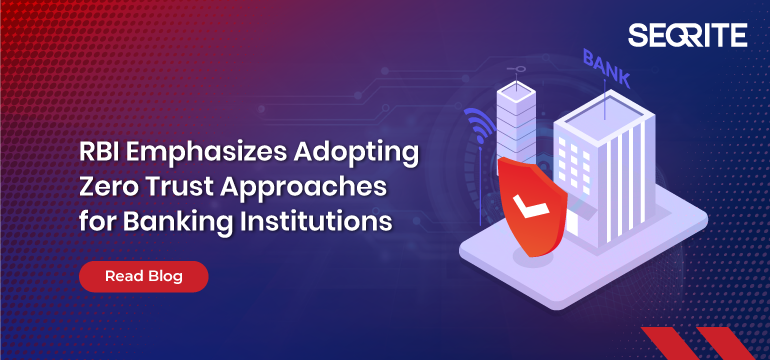TLDR: Want your team to browse the web safely without risking company devices or networks? Try free Remote Browser Isolation at browserling.com/browse. It runs right in your browser. No installs, no downloads.
What’s Remote Browser Isolation (RBI)?
Think of RBI as a “browser in the cloud”. Instead of running websites directly on your laptop or office PC, RBI loads them on a secure server somewhere else. You just see a clean, safe video stream of the website. Any risky code or malware stays far away from your company systems.
Why Should Managers Care?
One bad click from an employee can cost thousands in lost time, ransomware, or data leaks. RBI reduces that risk to almost zero. With RBI, your staff can open links, check supplier sites, or even handle suspicious web apps without bringing danger onto the corporate network.
Will RBI Slow Down My Employees?
Not really. Modern RBI is built to be fast. Websites load almost instantly, and employees barely notice they’re browsing through a secure remote session. For management, this means stronger security without hurting productivity.
Will Employees Push Back Against It?
Unlikely. Since RBI looks and feels like a normal browser, most employees won’t even notice the difference. For managers, that’s a win: stronger security without resistance or complaints about “new software”.
Can RBI Help with Compliance and Regulations?
Yes. Many industries (finance, healthcare, government) require strict data protection. RBI helps by keeping risky code and malware away from local systems. This reduces compliance headaches and shows auditors that you’re serious about security.
How Does RBI Compare to Firewalls and Antivirus?
Firewalls and antivirus tools are like locks on the door. RBI is like moving the door itself into a safe building across the street. Even if malware tries to sneak in, it never reaches your office network. Managers can think of RBI as another strong layer in the security stack.
Is It Safe for Regular Users?
Yes. Users don’t need to install anything complicated. RBI runs in the browser they already use. If a sketchy site tries to drop malware, it gets stuck in the isolated environment. Employees just see the site like normal, but nothing dangerous touches their device.
Can RBI Help with Phishing Emails?
Definitely. Your team can click on links from suspicious emails inside RBI. If the site is a phishing trap or hides malicious scripts, it can’t escape the isolated session. The real endpoint stays clean.
What About IT and Security Teams?
RBI is great for IT departments. Security teams can safely open suspicious URLs, test untrusted web apps, or check malware samples without spinning up a separate VM every time. It saves time and lowers the chance of accidents.
Do We Need Special Hardware or Software?
Nope. Just go to browserling.com/browse in your normal browser. It uses modern web tech (HTML5, JavaScript, WebSockets) to stream the remote session. No downloads, no installs, no admin rights needed.
Can Employees Use Different Browsers?
Yes. RBI services let you switch between Chrome, Firefox, Edge, Opera, and even older versions. This is useful for testing apps across multiple browsers without risking the actual machine.
Is It Free?
There’s a free version you can try right now with time limits. Paid plans are available for longer sessions, advanced controls, and enterprise features like policy enforcement and logging.
Is RBI Expensive to Roll Out?
Not at all. There are free trials and affordable enterprise plans. Because RBI runs from the employees’ existing browsers, there’s no big setup cost, no new servers, and almost no need for extra staff training. Managers can start small, then scale up if the company needs more seats or features.
What Is Browserling?
Browserling is a pioneer in online RBI technology. It lets individuals and companies run browsers safely in the cloud. Enterprises use it for:
- Securing employee browsing
- Testing apps and websites
- Opening suspicious files and URLs
- Protecting against phishing and malware
Who Uses Browserling?
Everyone from small businesses to Fortune 500 companies. IT managers, government agencies, financial firms, schools, and healthcare providers use Browserling’s RBI solution to keep employees safe online. RBI is especially popular in industries where compliance and data security really matter.

Stay safe and happy browsing!

